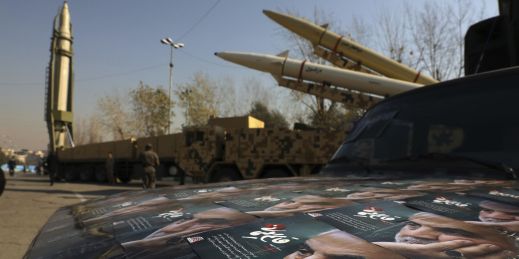
The sudden regime failures of the Shah of Iran and the USSR should be kept in mind when examining the self-inflicted disasters that Moscow and Tehran are currently struggling with. The West should remain cautious before making firm predictions that either will collapse, but prepare for a range of outcomes if they do.




